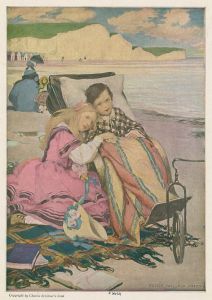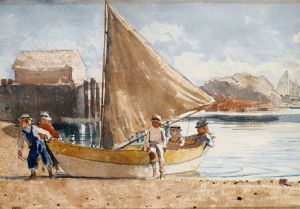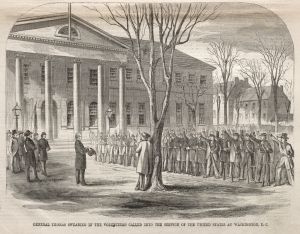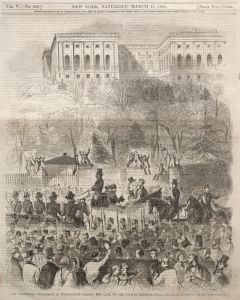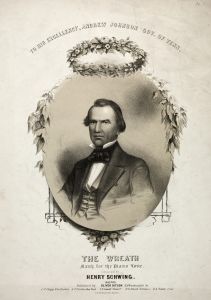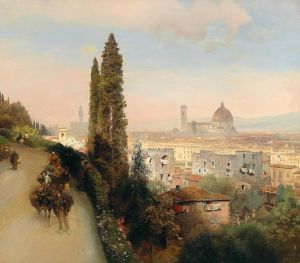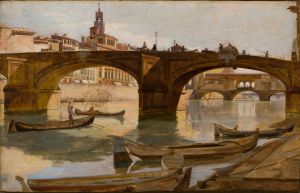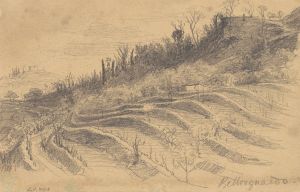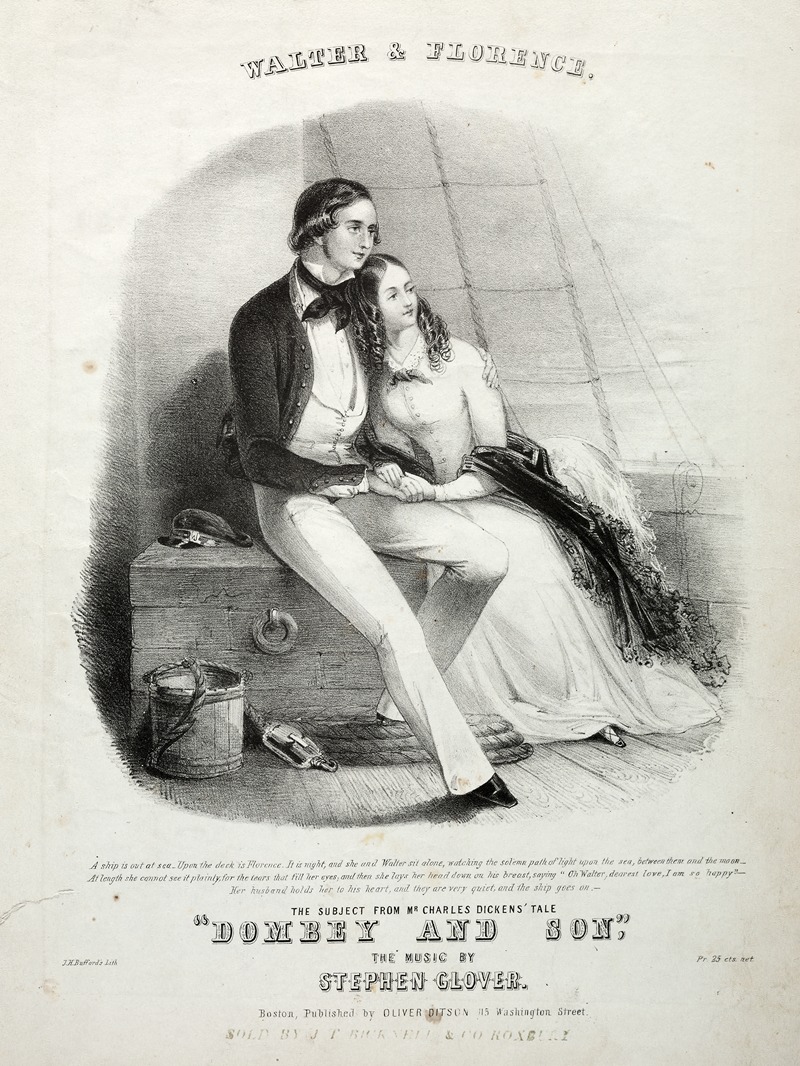
Walter and Florence – Sheet Music Cover
A hand-painted replica of Winslow Homer’s masterpiece Walter and Florence – Sheet Music Cover, meticulously crafted by professional artists to capture the true essence of the original. Each piece is created with museum-quality canvas and rare mineral pigments, carefully painted by experienced artists with delicate brushstrokes and rich, layered colors to perfectly recreate the texture of the original artwork. Unlike machine-printed reproductions, this hand-painted version brings the painting to life, infused with the artist’s emotions and skill in every stroke. Whether for personal collection or home decoration, it instantly elevates the artistic atmosphere of any space.
Walter and Florence – Sheet Music Cover by Winslow Homer is a work created by the renowned American artist Winslow Homer (1836–1910). Known primarily for his contributions to American realism and his depictions of marine and rural life, Homer also worked as a commercial illustrator early in his career. This particular piece, "Walter and Florence," was designed as a cover for sheet music, a common practice in the 19th century when illustrated sheet music covers were a popular form of visual art.
The artwork was created in 1863, during the American Civil War, a period when Homer was actively producing illustrations for publications such as Harper's Weekly. The sheet music cover was commissioned for a song titled "Walter and Florence," composed by Frederick Buckley. The song itself was part of the sentimental parlor music tradition, which was widely popular in the United States during the mid-19th century. These songs often featured themes of love, family, and domestic life, appealing to middle-class audiences.
Homer's illustration for the cover depicts a young man and woman, presumably the titular Walter and Florence, in a tender and idyllic scene. The style reflects Homer's early work as an illustrator, characterized by detailed line work and a focus on narrative elements. While this piece is not as well-known as his later paintings, it provides valuable insight into his development as an artist and his engagement with popular culture of the time.
The sheet music cover is an example of how Homer contributed to the visual culture of his era, blending artistic skill with commercial demands. It also highlights the role of illustrated sheet music in 19th-century America, serving both as a functional object for musicians and as a decorative item for homes.
Further details about the specific whereabouts of the original artwork or its current status are not widely documented. However, the piece remains a point of interest for those studying Winslow Homer's early career and the intersection of art and commerce in the 19th century.





